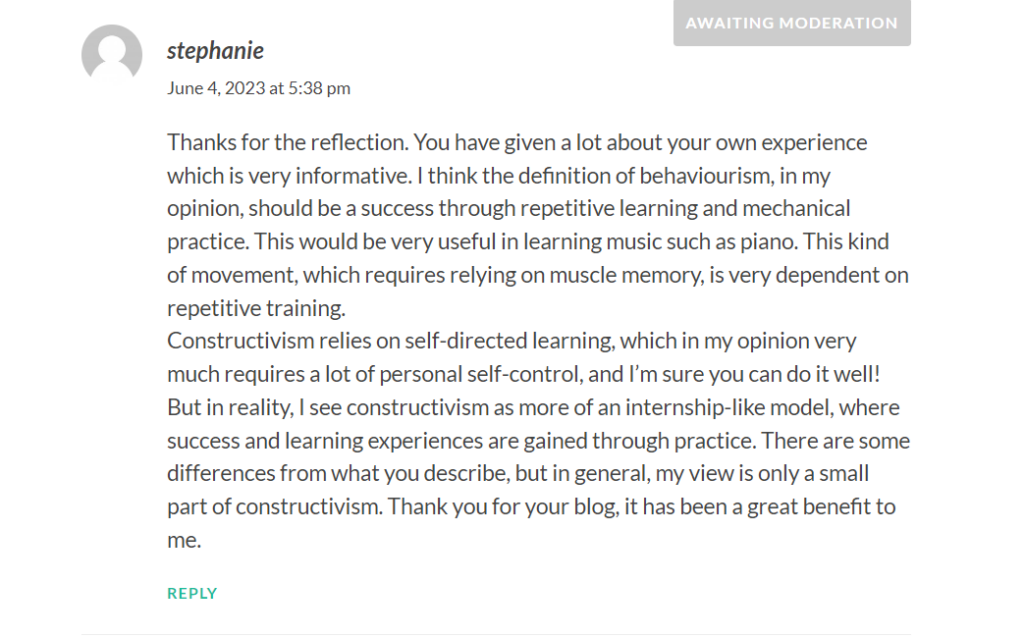Open Pedagogy is an approach to teaching and learning that promotes student engagement, collaboration, and self-directed learning. Students will be involved in the design of instruction as co-constructors of knowledge and active learners. In the Open Method, students are encouraged to engage in group work by engaging in activities of assessing each other and building knowledge together. Open pedagogy also utilizes the use of digital tools to support online collaboration as well as distance learning. After all discussion activities are completed, students are required to reflect on and assess their learning outcomes and processes. The learning process will foster student initiative and collaboration. Critical thinking and problem-solving skills are very important in the Open Pedagogy.
How to better conduct discussions with group members is my focus, and I will then briefly describe the discussion techniques I propose, the details of which will be highlighted in subsequent articles.
1. Before all discussions begin, students’ discussions should relate to the learning material and apply what they have learned. Students should read the learning material in detail and take notes as they read, and ask questions about the reading that appear in the discussion (Discussions in Online Courses: Best Practices and Expectations, n.d.). Students need to first throw out their ideas and encourage other students to discuss their ideas about you.
2. Your posting needs to be as clear and concise as possible, ideally within one to two natural paragraphs, to complete your argumentative posting. Longer posts can be exhausting and may result in no one reading your argument post, leading to an eventual lack of any responses. Such a posting cannot be discussed. (Online Discussions: Tips for Students | Centre for Teaching Excellence, n.d.-b)
3. postings should include the “3C+Q” model, with 3C being compliments, comments, and connections, and Q questioning. This template will help students learn to move the discussion forward (Discussions in Online Courses: Best Practices and Expectations, n.d.).
4. Keep an open mind and accept all new ideas. (Online Discussions: Tips for Students | Centre for Teaching Excellence, n.d.-b). When you disagree with any student’s point of view, do not demean or insult others’ points of view. Of course, if you receive such an unkind response, you should first calm yourself and inform the professor. Sufficient time to calm your emotions will allow you to respond more calmly and professionally (Online Discussions: Tips for Students | Centre for Teaching Excellence, n.d.-b).
5. The Open Pedagogy emphasizes evaluating each other, which is very important in group discussions where students will focus on what they did not focus on because of other students’ comments.
References
Discussions in Online Courses: Best Practices and Expectations. (n.d.). Johns Hopkins Engineering Online. https://ep.jhu.edu/faculty-staff/teaching-technology-resources/discussions-in-online-courses-best-practices-and-expectations/
Online Discussions: Tips for Students | Centre for Teaching Excellence. (n.d.). Uwaterloo.ca. Retrieved June 16, 2023, from https://uwaterloo.ca/centre-for-teaching-excellence/catalogs/tip-sheets/online-discussions-tips-students








Recent Comments